What are the accessories of new energy vehicles? As an important part of modern transportation, new energy vehicles have a wide range of accessories with different functions. The following are some major new energy vehicle parts:
1. Drive system parts
- Electric motor: It is the power source of new energy vehicles, converting electric energy into mechanical energy to drive the vehicle. Common types include permanent magnet synchronous motors, AC asynchronous motors and so on. For example, Tesla Model S uses a high-performance AC asynchronous motor, which is characterized by high efficiency and high power.
- Motor Controller: Controls the operation of the motor, including starting, stopping, and speed adjustment. It can accurately control the motor’s work according to the driver’s operating instructions and the vehicle’s driving state, ensuring smooth and efficient power output.
- Reducer: It plays the role of deceleration and torque increase in electric vehicles, similar to the gearbox in traditional fuel vehicles. It can reduce the speed of the electric motor and increase the output torque at the same time, so that the vehicle has a better performance in starting, climbing and other situations.
- Battery pack: one of the core components of a new energy vehicle, responsible for storing and releasing electrical energy to power the electric motor. The performance of the battery pack directly affects the range and power performance of the vehicle. At present, there are mainly lithium-ion batteries, lithium iron phosphate batteries and other types on the market.
2. Charging equipment
- Charging pile: It is the equipment for charging new energy vehicles, which is divided into AC charging pile and DC charging pile. AC charging piles are suitable for slow charging at home and public places, while DC charging piles can quickly charge vehicles in a shorter period of time to meet users’ emergency travel needs.
- Charging gun: the device that connects the charging pile and the charging port of the vehicle, used to transmit electric energy. Different types of charging guns are suitable for different types of charging piles and vehicle charging ports.
- Charging port: installed on the new energy vehicle, used to receive power input from the charging gun. The design of the charging port needs to comply with relevant standards and specifications to ensure safe and reliable charging.
3. Electrical system components
- Battery Management System (BMS): responsible for monitoring and managing the state of the battery pack, including battery voltage, current, temperature and other parameters. It can manage the charging and discharging of the battery to prevent overcharging and over-discharging, prolong the service life of the battery, and improve the safety and performance of the battery.
- Relay: It plays the role of switch in the electrical system and is used to control the on-off of the circuit. It can protect electrical equipment from overload, short circuit and other faults, while realizing different electrical functions, such as controlling the start and stop of the motor, switching the charging mode.
- Fuse: When the current in the circuit exceeds the rated value, the fuse will blow, cutting off the circuit and protecting the electrical equipment and wiring from damage. It is one of the important safety protection devices in the electrical system.
- Connector: Used to connect the various electrical components to achieve the transmission of electrical signals and electrical energy. The quality of the connector directly affects the reliability and stability of the electrical system.
4. Braking system parts
- Vacuum booster: Utilizes the vacuum principle to provide assistance to the braking system, helping the driver to step on the brake pedal more easily and reducing the force required for braking.
- Electronic Brake Control System (EBCS): adopts electronic technology to control the work of the braking system, which has the advantages of fast response speed and precise brake force distribution. It can be integrated with other systems of the vehicle to realize more advanced braking functions, such as Electronic Stability Program (ESP) combined with the braking system to improve the driving safety of the vehicle.
5. Suspension components
- Shock absorber: Absorbs road vibration, reduces the bumpy feeling during vehicle traveling, maintains good contact between wheels and the ground, and improves driving comfort and stability. Spring: Works in conjunction with the shock absorber to reduce road vibration and improve driving safety.
- Springs: work together with shock absorbers to support the weight of the body and cushion the impact of the road surface. Different types of springs have different elastic properties and can be selected according to the purpose and performance requirements of the vehicle.
- Stabilizer bar: When the vehicle turns or tilts during driving, the stabilizer bar can play a role in balancing the body, reducing the degree of lateral inclination and improving the handling and safety of the vehicle.
6. Body and interior/exterior components
- Doors: provide access for drivers and passengers to enter and exit the vehicle, and also play a role in protecting the safety of people and goods inside the vehicle. Door design needs to consider aerodynamics, safety and convenience factors.
- Windows: to ensure that the light and vision of the car, but also has a certain sound insulation, heat insulation and safety protection function. Window glass is often made of special materials and coatings to improve its performance.
- Seats: Provide comfortable seating support for drivers and passengers to relieve fatigue from long hours of driving or riding. Seats need to be designed with ergonomics in mind to provide good comfort and support.
- Instrument Panel: Installation of various instruments and control buttons of the vehicle, displaying the driving information and status of the vehicle, and facilitating the driver to operate and monitor the vehicle. The design of the instrument panel needs to be simple and clear, easy to read and operate.
- Steering wheel: an important part for the driver to control the driving direction of the vehicle. By turning the steering wheel, the steering angle of the front wheels of the vehicle can be controlled so as to realize the steering of the vehicle.
7. Safety system components
- Airbags: They are quickly ejected when the vehicle collides, providing buffer for the driver and passengers and reducing the damage to the body caused by the collision. Common airbags include front driver airbags, passenger airbags, side airbags, and head airbags.
- Seat belts: Restrain the bodies of the driver and passengers to prevent people from being thrown forward out of the vehicle in a collision, reducing the risk of injury or death. Seat belts are usually equipped with devices such as pretensioners and force limiters to enhance their protective effect.
- Anti-lock Braking System (ABS): Prevents the wheels from locking up during braking and maintains the adhesion between the wheels and the ground, enabling the vehicle to maintain stable braking performance and maneuverability, and avoiding accidents such as skidding and tailgating.
- Electronic Stability Program (ESP): monitors the vehicle’s driving status, such as speed, steering angle, lateral acceleration, etc., through sensors, and automatically brakes individual wheels or adjusts the engine output torque when signs of instability are detected in the vehicle, in order to maintain the vehicle’s stability and safety.
8. Sensors
- Speed Sensor: Measure the driving speed of the vehicle and transmit the speed signal to the control unit of the vehicle in order to realize the display of the speed, overspeed alarm and other functions.
- Temperature Sensor: Monitor the temperature of the battery, motor and other components to ensure that they work within the normal temperature range and prevent damage due to overheating. When the temperature is abnormal, it will issue an alarm in time and take corresponding cooling measures.
- Pressure Sensor: Used to detect tire air pressure, seat occupancy recognition system, etc., to provide safety and comfort for the vehicle.
9. Other accessories
- In-vehicle refrigerator: It can provide drivers and passengers with the function of refrigerating food and drinks, increasing the convenience and comfort of traveling.
- Roof rack: It is convenient to carry large luggage or sports equipment and other items, expanding the vehicle’s cargo space.
- Vehicle stereo: provides music and entertainment for drivers and passengers, enhancing the atmosphere and comfort of the vehicle.
What are the accessories of new energy vehicles?That is what we In short, new energy vehicle accessories cover a variety of aspects, which work together to ensure the normal operation and experience of new energy vehicles. With the continuous progress of technology and the continuous development of the market, new energy vehicle accessories will also continue to innovate and improve, providing users with a safer, more convenient and comfortable way to travel.





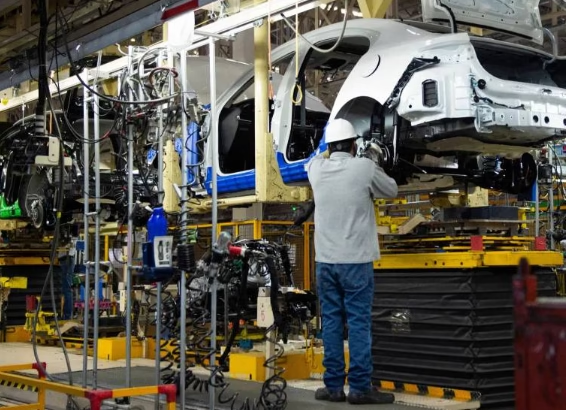
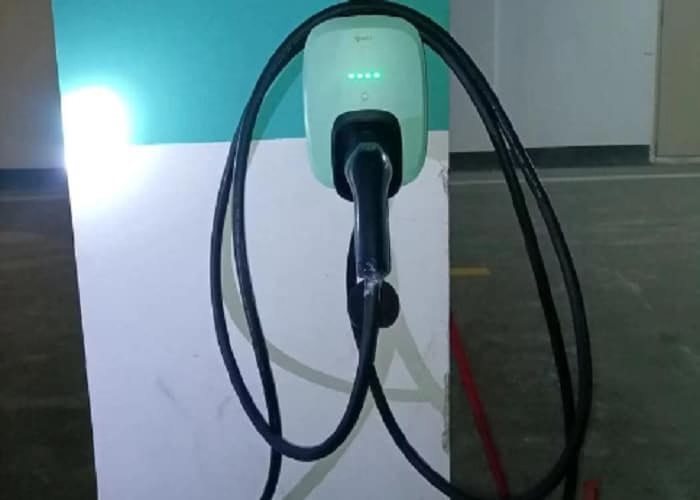
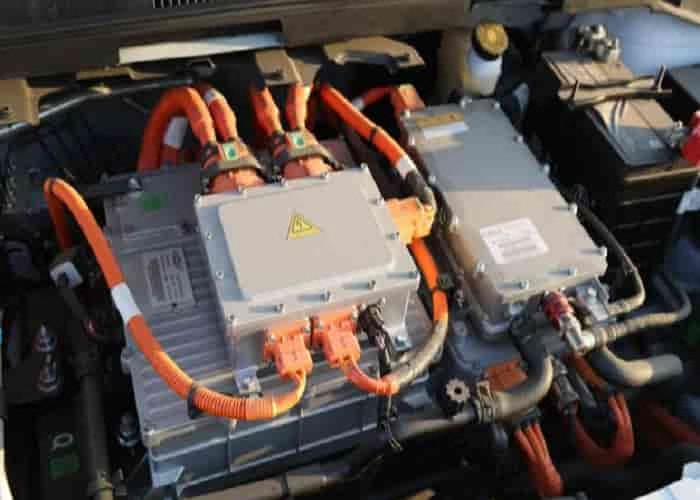
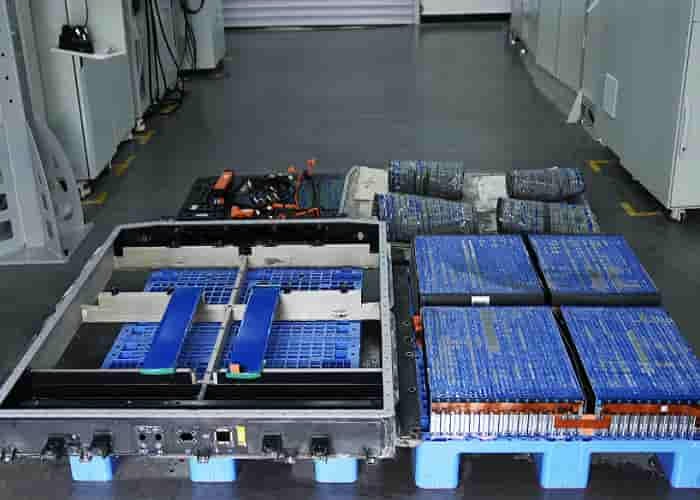
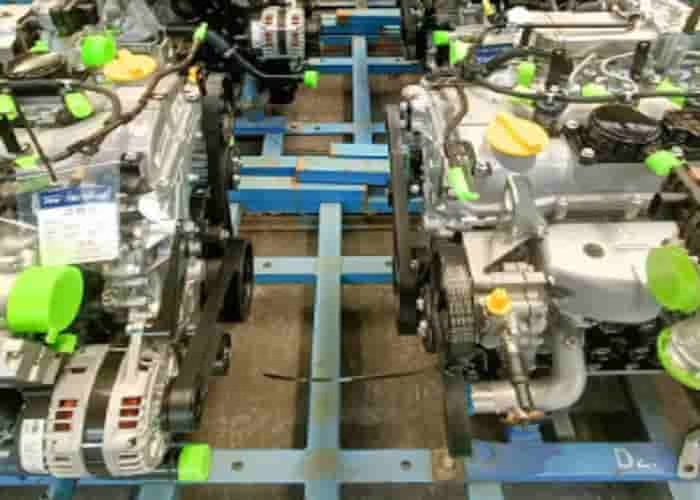

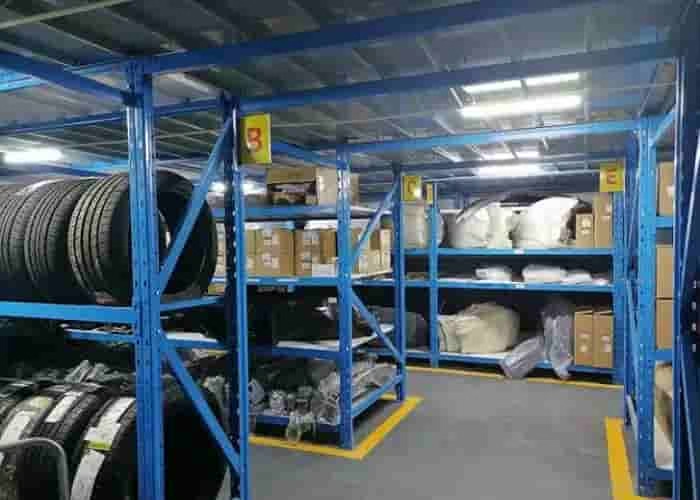
Leave a Reply